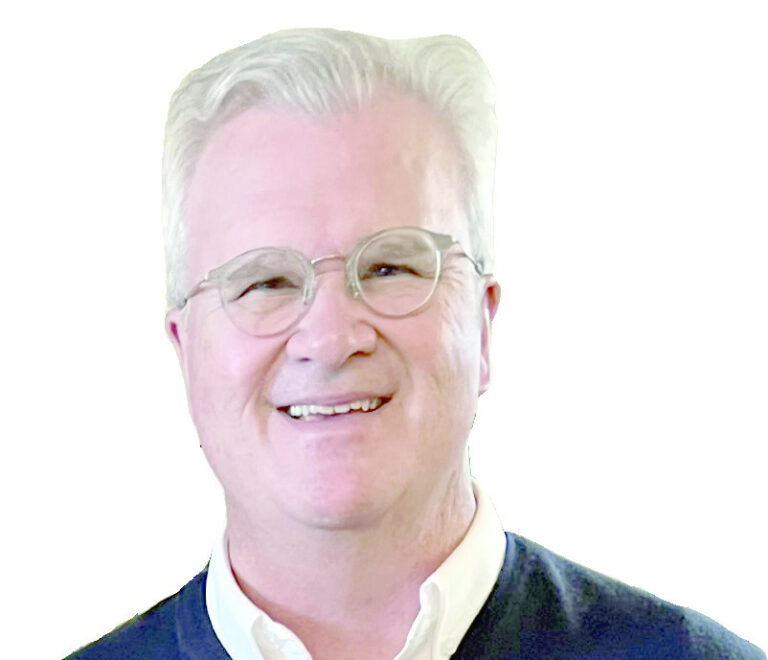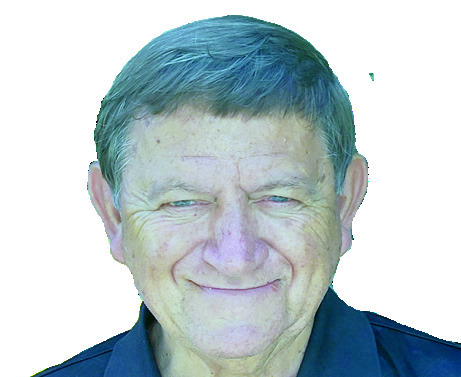Lynn Hilburn: Cassville — City of trails

The state of Missouri, Barry County and the City of Cassville are all a part, and I dare say an integral part, of the history and the development of the western portion of this great nation, the United States.
I appreciate the fact that I have been given this opportunity to talk a little bit about the history of this great state, county and city. St Louis might have been the first ‘gateway to the west’, but the real gateway to the West was the western edge of Missouri, specifically Saint Joseph, Kansas City and the southwest corner of Missouri.
In the mid to late 1830s. the United States federal government decided to move many tribes of Native Americans, that had already been displaced from their homes and placed on reservations in North Carolina and Tennessee, to the newly created Indian Territory (Oklahoma), south of Kansas and west of Arkansas. The northern route for this soon to be called “Trail of Tears” (for the twice uprooted Native American families), went along established roads or trails to Nashville, crossed the Mississippi River at Cape Girardeau, continued on to Rolla, then down through Springfield, through Cassville, and through Fayetteville to Tahlequah, Indian Territory.
From the 1830s to the 1850s, many people traveled through Cassville, not just because it was on the trail or road between Springfield and Fayetteville, but because it had a mill and two springs that had an abundance of fresh drinking water. Also, some of the more aware Native Americans dropped out of the caravan and took up residence in Barry County and southwest Missouri.
After Texas got its independence in 1836, and with the offer of free land both in Texas and in the Oregon and Washington areas, many hearty souls from the east came through southwest Missouri going to Texas and loaded up with supplies from Kansas City and St. Joseph before joining wagon trains and heading out along the Santa Fe Trail to the southwest United States or the Oregon Trail to the northwest territories.
As people were moving into the western United States, there was a problem of communication. It took from two to three months to get a letter from New York or Boston to San Francisco, because the railroad did not extend past Rolla or Tipton until after the Civil War. Mail could get to Saint Joseph from the East Coast in a reasonable amount of time, three to four weeks, but because of the Rocky Mountains and the deserts on the other side, it took well over a month for that mail to get back to California. Thus, the Pony Express was created in St. Joseph, and the Express was able to get a letter from St. Joe to San Francisco in 11 days at a cost of approximately 2-1/2 a day’s pay. To further relieve the communication problem, the US government was working diligently to complete a telegraph line between St Louis and San Francisco.
In order to construct this Telegraph line, the workmen had to work with heavy poles in long wagons, and they needed a good road to travel on, so they used the Trail of Tears route from Rolla to Fayetteville that, of course, went through Cassville. The route or trail from St Louis to Fort Smith, Ark., became known as the Old Wire Road, as it was parallel with the telegraph line.
With the discovery of gold in California in 1849, there needed to be a quicker way to get to California for other hearty souls who wanted to make their fortunes and for a return route for the lucky ones to bring back their fortune.
To achieve this, the United States government contracted with John Butterfield to haul passengers and mail from the end of the railroad at Tipton to San Francisco, Calif.
To save money and time, Mr. Butterfield, of course, used existing roads where possible. From Springfield to Fayetteville he used the “Trail of Tears/Old Wire Road” which again brought many more people through Cassville. The Butterfield stage line stopped in Cassville to drop off mail, but Cassville was not a relay station. The Couch Relay Station is approximately 4 miles north of town along Flat Creek and Y Hwy.
Somethings that I find interesting:
1. Three of the more historical trails, routes or roads that had a lot to do with the 1800s history of the United States came through Cassville.
2. The Butterfield stage line did not go through Butterfield, Mo.
3. The Santa Fe Trail did not go through Santa Fe, N.M.
4. Even though I went to Barry County Schools and graduated from Cassville High School, I was not made aware of any of this during my regular education in school classrooms.
I have not checked, but I trust and hope that we are now educating our kids on some of the great things in history. that have happened right here in their own backyard. Did you know that the Cassville High School football stadium is probably built right over the Old Wire Road?
The above only scratches the surface of some of the interesting things that have happened in southwest Missouri, Barry County and Cassville. We haven’t even started on what happened during the Civil War, and I will fill you in with later editorials.
I love history. I love Jeremiah’s columns and all of Mr. Epperly’s work, and I hope you enjoy these historical tidbits.
Lynn Hilburn is an officer in the Barry County Genealogical and Historical Society, and invites all to come and join meetings, to provide information about their families or to look up information about their families. Hilburn may be reached at hlhilburn@hotmail.com.




